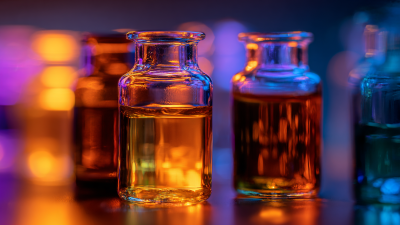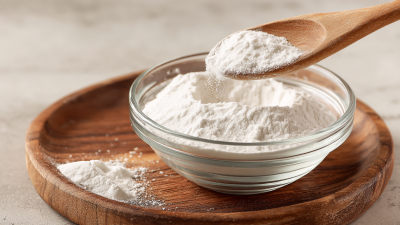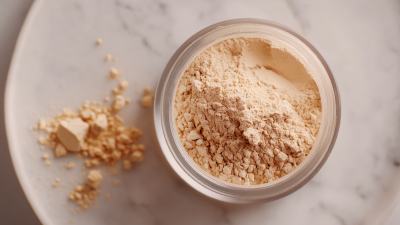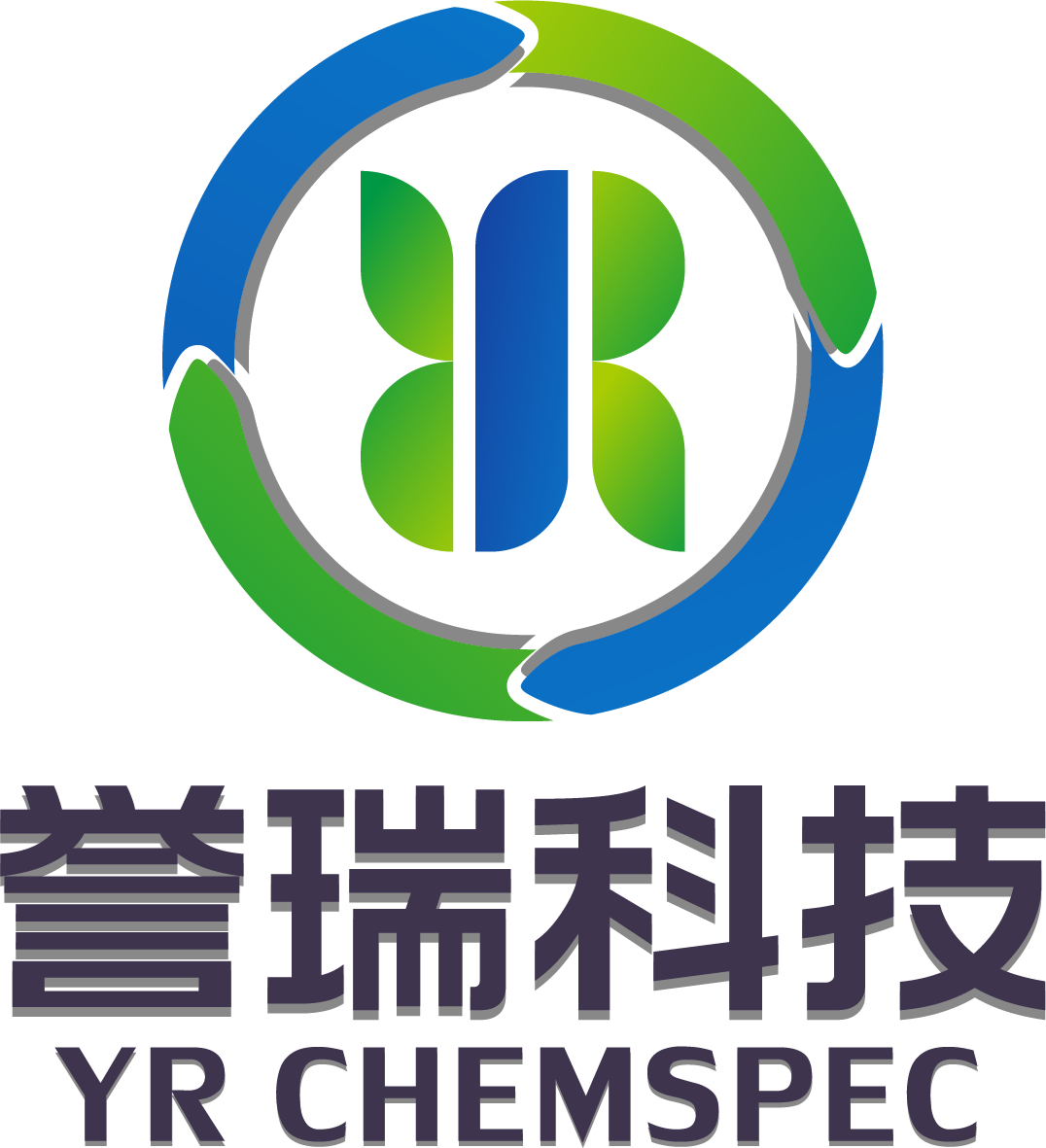Unlocking the secrets to youthful skin has long been a pursuit in the skincare realm, and one of the most promising advancements in this quest is the use of Retinol Derivatives. These compounds, derived from vitamin A, offer a multitude of benefits that go beyond the capabilities of traditional retinol, making them indispensable in modern dermatology. This ultimate guide will delve into the different types of Retinol Derivatives, exploring their unique properties and how they contribute to enhancing skin texture, reducing fine lines, and promoting an even complexion.

As we unravel the science behind these powerful derivatives, you’ll discover how to effectively incorporate them into your skincare routine for optimal results, ensuring that your skin not only looks youthful but also feels revitalized. Join us as we unlock the transformative potential of Retinol Derivatives and pave the way for a radiant, age-defying complexion.
Retinol derivatives, including retinol, retinaldehyde, and retinoic acid, are potent compounds derived from vitamin A that play a critical role in skin rejuvenation. These derivatives penetrate the skin and convert into active forms, stimulating cellular turnover and promoting the production of collagen. This process effectively reduces the appearance of fine lines, winkles, and uneven skin tone, making retinol a staple in many anti-aging skincare routines.

Understanding how these derivatives work requires a look at their mechanism of action. Retinol, for instance, influences gene expression by binding to specific receptors in skin cells, leading to enhanced cell proliferation and differentiation. This not only increases the thickness of the skin but also improves moisture retention, giving the skin a plump and youthful appearance. Moreover, retinol derivatives can aid in the reduction of acne and hyperpigmentation, addressing various skin concerns while contributing to an overall revitalized complexion.
Retinol, a derivative of vitamin A, has gained significant attention in the skincare world for its powerful anti-aging properties. Numerous key studies have demonstrated its efficacy in reducing fine lines and wrinkles. For instance, a clinical trial published in the Journal of Investigative Dermatology revealed that consistent use of retinol led to a noticeable improvement in skin texture and a reduction of fine lines after just a few weeks. The study suggests that retinol stimulates collagen production and accelerates cell turnover, resulting in more youthful, radiant skin.
**Tips:** When incorporating retinol into your skincare routine, start with a lower concentration to allow your skin to adjust. Apply it at night to minimize irritation and pair it with a good moisturizer to maintain hydration. Always apply sunscreen during the day, as retinol can increase skin sensitivity to sunlight.
Moreover, it’s important to consult with a dermatologist before starting retinol, especially for those with sensitive skin. Tailoring your usage frequency and finding the right formulation can enhance the benefits of retinol while minimizing potential side effects. As research continues to support its benefits, retinol remains a cornerstone of effective anti-aging skincare regimens.
This bar chart illustrates the percentage reduction in fine lines observed over various periods of retinol use. Results show a significant improvement in skin texture, demonstrating the effectiveness of retinol derivatives for youthful skin.
Retinol derivatives, including retinoids like retinaldehyde, Tretinoin, and retinyl palmitate, offer a spectrum of unique benefits for achieving youthful skin. A study published in the Journal of Clinical and Aesthetic Dermatology highlights that while Tretinoin leads the pack in efficacy for reducing fine lines and wrinkles, retinaldehyde is gaining attention for its gentle yet effective nature. It has been shown to achieve comparable results to Tretinoin but with significantly lower irritation, making it an ideal choice for sensitive skin types.

Moreover, the versatility of retinol derivatives is noteworthy; retinyl palmitate, for example, serves as a reliable option for those seeking a milder introduction to retinoids. The American Academy of Dermatology indicates that products containing retinyl palmitate can enhance skin texture and pigmentation with consistent use, although the results may be subtler than those from stronger derivatives. Better still, a comprehensive review in the Dermatology Times confirms that consistent application of these derivatives can improve overall skin tone by stimulating collagen production and reducing signs of aging, underscoring the importance of selecting the right type of retinol derivative for individual skin needs.
Incorporating retinol into your skincare routine can significantly enhance your skin's youthful appearance, but it requires a thoughtful approach. Start by introducing retinol gradually, using it only two to three times a week to allow your skin to adjust. This step is crucial to prevent irritation, as retinol is a potent derivative of vitamin A. Begin with a low concentration, such as 0.25%, before gradually increasing the potency based on your skin's tolerance.
Timing is essential when using retinol. It’s ideally applied in the evening, as sunlight can degrade its effectiveness. After cleansing your face, allow your skin to dry completely before applying a pea-sized amount of retinol, avoiding the delicate areas around your eyes. Follow up with a moisturizer to help lock in hydration and minimize potential dryness or flakiness.
Additionally, always incorporate sunscreen into your morning routine, as retinol can increase your skin's sensitivity to UV rays, making sun protection vital for maintaining results and overall skin health.
Retinol and its derivatives have become staples in the skincare industry due to their proven effectiveness in combating signs of aging. However, concerns regarding safety and side effects often deter users from incorporating these powerful compounds into their routines. A recent survey by the American Academy of Dermatology found that nearly 40% of individuals are hesitant to use retinol due to fears of irritation and adverse reactions. Understanding these concerns is crucial for promoting informed skincare choices.
While it's true that retinol can cause initial dryness, redness, or peeling, these side effects are often temporary. A study published in the Journal of Cosmetic Dermatology revealed that 70% of users who experience mild irritation find it subsides after a few weeks of consistent use. Dermatologists recommend starting with lower concentrations and gradually increasing frequency, allowing the skin to adapt. Furthermore, newer formulations of retinol derivatives, such as retinaldehyde and retinyl palmitate, have been shown to deliver similar benefits with reduced irritation—making them suitable for more sensitive skin types.






